Paid advertising has become a necessary evil for most online businesses in the last ten years. This has made Google and Facebook billions of dollars a year.
These businesses in turn make a lot of profit as well while advertising on these platforms. However, not all businesses that spend money on ads are successful.
The reason for this failure is mostly because of the strategies adopted by marketers.
It has become a battleground as many businesses struggle to get the attention of the same audience.
This has made it very difficult for some businesses to compete and win a fair share of the audience for some businesses while at the same time some businesses are able to do a good job and become very successful.
The fact is, many factors are responsible for either a well-performing PPC ad campaign or bad performing ad campaign.
In this post, we are going to discuss step by step guide to making your advertising campaign a success.
Let’s start with some important definitions
Table of Contents
ToggleWhat is paid advertising?
This refers to online advertising campaigns placed on web pages to get the attention of the target audience to visit the advertiser’s website and take the required action.
These ad campaigns come in various pricing models such as Pay per click (PPC) Pay per 1000 views (CPM), Pay per-action (PPA) Pay per lead (PPL), etc.
These ads are placed on search engines also known as Search engine marketing (SEM), social media platforms, email platforms, online forums, blogs, browsers, etc.
Online ads come in many ad formats such as
- Banner Ads
- Text Ads
- Video Ads
- Native Ads
- Text-graphics Ads
- eCommerce or Product ads
- Pop Ads
- Affiliate ads
- Interstitial Ads etc.
In addition, there are various audience targeting options and ad networks present to publishers to be able to precisely target their audience which makes online advertising a goldmine for digital businesses.
Let’s take a look at the advertising techniques you must implement to make your pay-per-click campaigns more effective.
Making Paid Advertising Work
Clearly, if paid advertising was not effective, people would have stopped using it long ago and Google and Facebook would have declared bankruptcy because that is how they make the majority of their income.
Data shows that the demand for digital advertising is growing and that only confirms it works. But how? Let’s take a look at what makes it work.
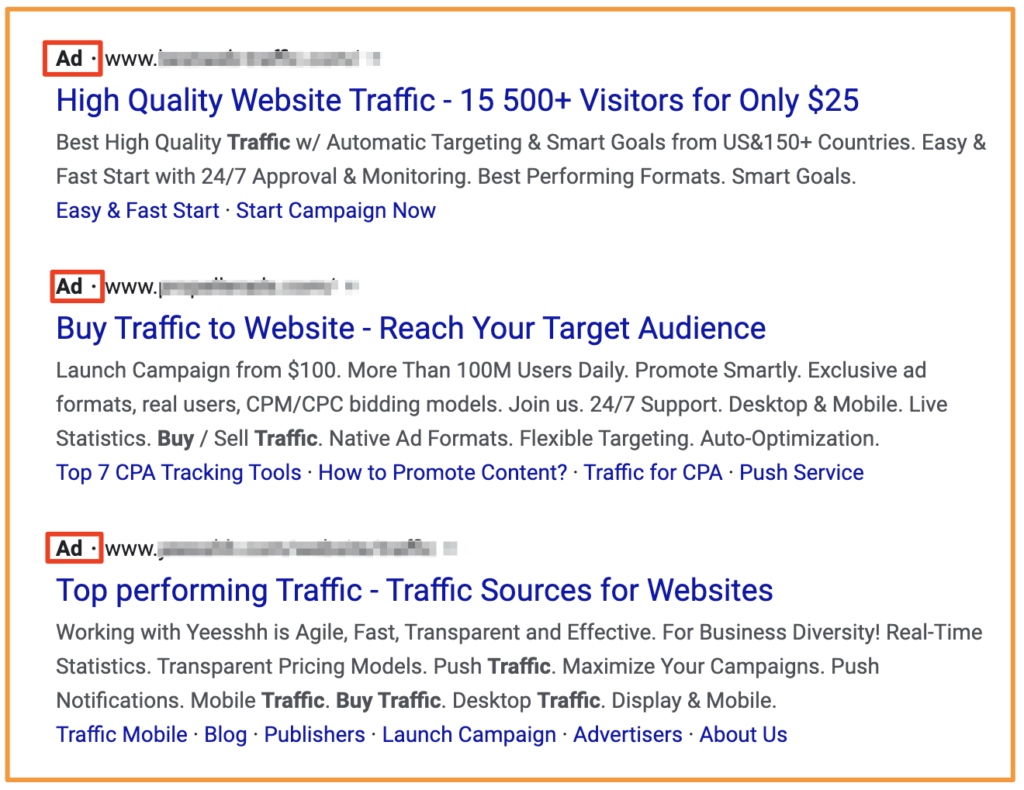

#1. Audience research
One thing you must do first is thorough audience research. This means not just understanding who your target audience is but also understanding what could appeal to them.
Understanding your audience entails
- Audience demographics
- Audience psychographics
- Audience needs
- What offers (price) will appeal to them
- What support they might need etc.
These will be the first step to understanding your audience.
There are a few tools that can help with a better and easier understanding of the audience you are going to target with your paid ad campaigns.
This also varies depending on the advertising platform you are going to use. If you are advertising using Google Ads, you will probably focus more on the keywords and your ad copies plus the above-mentioned factors.
Facebook’s audience insight tool is one of the best tools for audience research. This tool gives you a lot of information about your audience which makes it one of my favorite audience research tools.
Benefits of audience research
There are many benefits of doing proper audience research but for the sake of your time, I will briefly discuss only a few here.
#1. Customer-centric – An understanding of your audience gives you a better understanding of their needs and what might appeal to them better.
This will lead to a close relationship with your customers which may prolong the lifetime value of your customers and entirely make you a customer-centric business rather than becoming a product-centric company.
#2. Decision-making – Audience research helps improve your audience’s decision-making process within your team.
An understanding of your potential customers will help you prioritize and focus on what matters most and also task your team on who will do what and when to ensure your customers are fully satisfied.
#2. Use landing pages
It is important to understand the benefits of having your ad audience land on a well-optimized landing page.
This gives you the opportunity to elaborate more on your message with more details and make it easy for them to take the required actions.
Landing pages must be designed to be consistent with what your ads are saying and most importantly have all the call-to-action buttons well placed in strategic places for your potential customers to see and click through them.
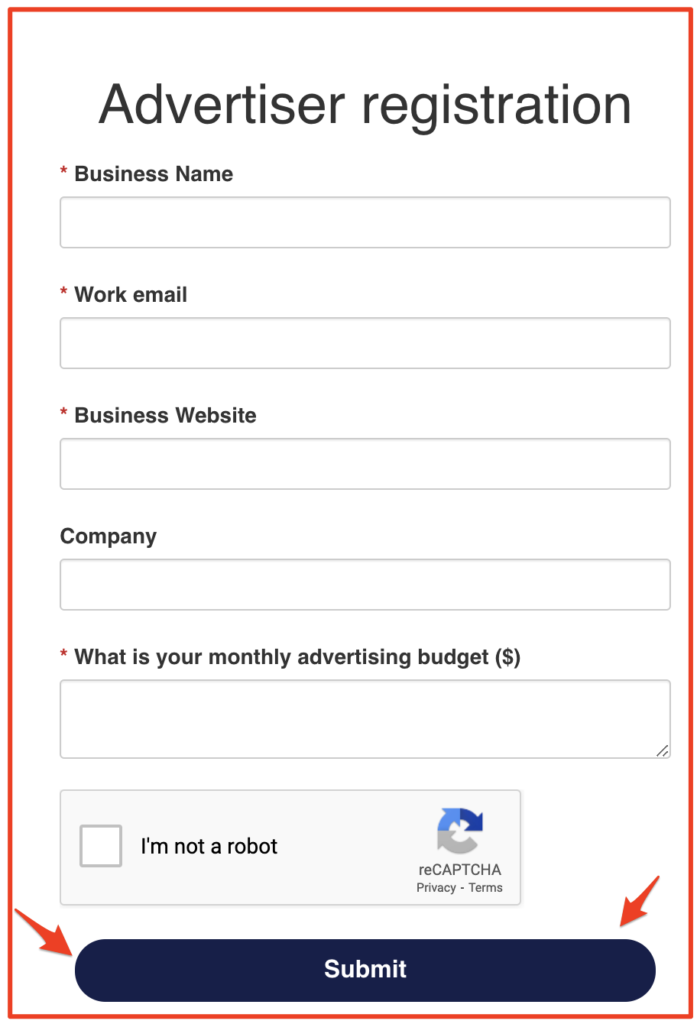

Also, these pages give you more opportunities to track your audience and have a better understanding of their behaviour.
It is important you optimize your landing page in a manner you can be able to easily collect only paid traffic data to have a more understanding of how your ads are performing.
Creating a Call to Action
So let’s say your ads are running well and you have people landing on your landing page. It is important not just to have more content explaining the benefit of your product or service but also to direct them to click on the right places.
This call-to-action (CTA) buttons help do that. It’s the best way to get those people to convert either by offering them a free gift in exchange for an email or a short form to fill out to start a trial.
This is a very important part of your lead generation and converting those people to customers and you will need to think carefully before deciding on the right call to action.
#3. Build a funnel
The biggest mistake you will make as an advertiser is to launch an ad campaign and relax and expect it to convert.
Sorry to disappoint you! But it won’t work!!
The reason is simple. Statistics show that over 95% to 98% of the people that visit your website or landing pages after clicking your ads leave without coming back.
This happens for many reasons which is why a strategy to make sure you get them to come back or make sure they take the required action after landing on your pages if well implemented.
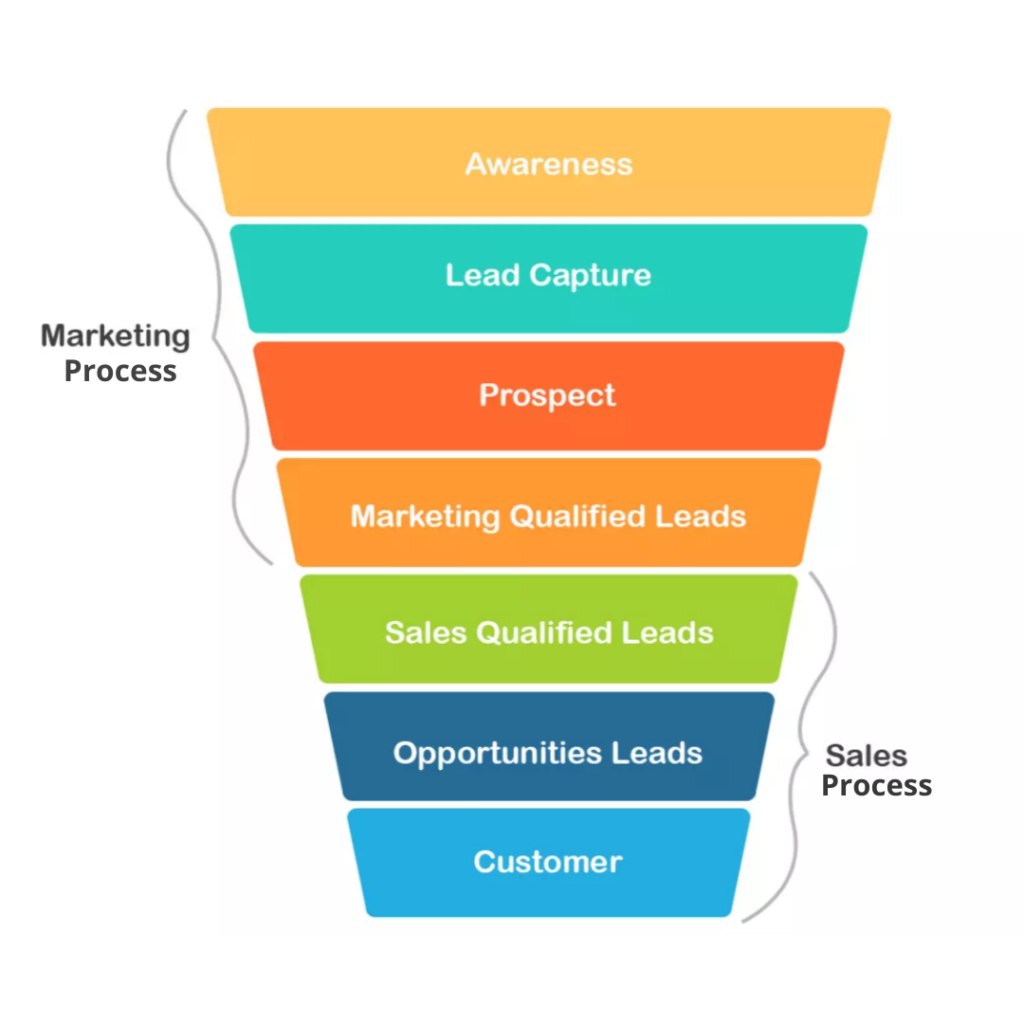

This can be done effectively with the use of a funnel.
Funnels are optimized for the lifetime value of a customer. This means that the moment they get on your page, you have a system to engage them to take the right action.
This might be directing them to fill out a short form so you can collect their data and send them offers later or a form to register and start a trial period.
It does not end there with a funnel, with a funnel, you can be able to track their behavior and keep reminding them to complete the actions they initiated.
If your fennels are set correctly, you will be able to do the following
- Checkout bumps
- Upsells
- Downsells
- Trigger-based email marketing
- Push notifications
These actions will help increase your conversion rates significantly because you make sure almost every person that interacts with your ads is engaged to completely convert and become your customer.
#4. Tracking your campaigns
One of the advantages of paid advertising or PPC campaigns is that you have great opportunities to track each and every click you pay for during a digital ad campaign.
It’s how to make use of this data to improve your ad performance that matters. Tracking how your ads perform matters a lot to the overall outcome of your ROI.
You can track your campaign by setting up smart goals in your Google Analytics or Google Tag manager conversions. This also helps Google understand which audience is converting the most and optimizes your PPC ads for better performance.
In the case of Facebook, Facebook Pixel, and Google tag manager will do a create job to ensure all your clicks and impressions are tracked correctly in order to enhance your ad performance.


#5. Advertising Budget control
Google Ads, Social media advertising, and other ad networks give advertisers the opportunity to control their budgets. You can set your daily limits, limit on cost per click on keywords, and monthly ad spending limit on your PPC campaigns.
This is, in fact, a good option to use wisely to enable you to track how your ad budget is spent and also to enable you to control your ad budget to spend more on what is working best.
You should, in fact, understand your customer’s lifetime value and set your bidding based on this. Set cost per lead and cost per CPM depending on the Ad network and type of advertising campaign you are running.
The more you control your budget, the more you will be able to use it wisely and get better ROI or ROAS for your digital ad campaign.
Also, there are other third-party tools you can use to track your ad performance as well as optimize your ads, however, you will need to understand you may have to give them access to your data and platforms to help manage your ad campaigns.
#6. A/B testing
A/B testing can be done with your ad campaigns and landing pages simultaneously to see what works best and allocate more resources to it.
It’s a great way to enhance your ad budget and make sure your landing pages are performing at the optimum.
Both Google Ads and Facebook Ads offer the opportunity for A/B testing of Ads. It helps marketers target audiences with various ad sets, different locations, budgets and times, etc to get a better sense of what works best.
For landing pages, you use different CTAs placed at different positions and evaluate each CTAs performance to determine what works best.
Tools such as ZOHO CRM and other tools can easily allow you to create A/B testing with forms and choose the one that works the best for you.
#7. Retargeting and Remarketing
Retargeting and remarketing are just terms that both stand for showing more display ads to potential customers that previously visited your website or interacted with your ads.
I have written about it before and extensively emphasized the importance of this practice. This is because it’s very important to practice when it comes to digital advertising.
The fact is the majority of people that will visit your website the first time won’t take any action. Figures show over 97% leave without taking any action.
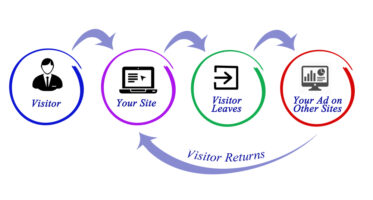

The reason is mostly cost, lack of information, trust issues, and more. It’s your repeated attempt that will get these people to return to your website and convert into your customers.
This is why data collection is very important during PPC ad campaigns. In my opinion, it’s a MUST DO if you really want your paid advertising to be effective and profitable.
Wrapping up
Being successful with paid ad campaigns will have a great positive impact on your business. In fact, companies like Amazon are big and successful partly because they took advantage of Google Ads when it was cheaper.
It’s not just Amazon, hundreds of businesses out there have leverage on Facebook Ads, Twitter Ads, LinkedIn Ads, AdsTargets Ads, Bing Ads, Amazon Ads, and so on.
You can do the same with the implementation of these strategies discussed here in this post.
You are also welcome to share your experience on this topic to help others expand their knowledge of online advertising.

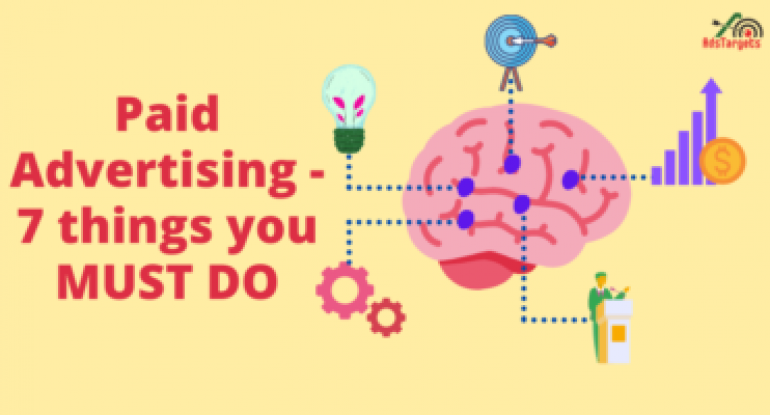



2 Responses
Looking for cooperate
You are welcome